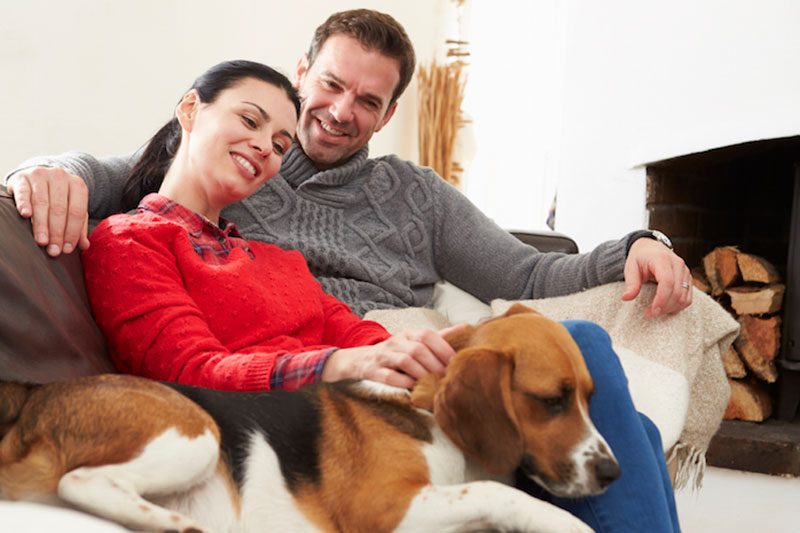
Enjoying cozy heating and cooling in Central Point, Oregon, year-round appears to be a great approach. But actually, how can you maintain a cozy home while controlling energy costs?
Enjoying a cozy home when it’s cold isn’t as difficult as you imagine. But on occasion you could require pro assistance if you’re experiencing hot and cold areas. Or if your equipment doesn’t heat like it once did.
If you’re going through comfort issues or seeking furnace repair, the heating and cooling specialists at Titan Heating & Air Conditioning can help. Get in touch with us at 541-243-7524 to request an appointment now.
In the interim, here are some tips on how to handle your thermostat during the winter.
Adjust Settings When You Go Out
Decreasing the thermostat 10–15 degrees while you’re out for the day can save 5–15% on your energy costs, according to the Department of Energy. If your house is empty most of the day, this is a fantastic method to reduce expenses. And when you think about what only 5% could do for your heating expenses, that can make a major difference!
Decrease the Setting When You Sleep
You can also turn down the temp before you fall asleep. It even benefits more than just your gas expenses! A good temperature for going to bed is 60-67 degrees, according to the National Sleep Foundation. Your body cools down naturally to help you fall asleep, so keeping your bedroom chilly could help you go to bed faster.
Invest in a Smart Thermostat
One thing to think about if you don’t already have it—a smart thermostat. You won’t have to walk over to the thermostat to adjust it. In fact, you can change it from just about anyplace with your web-enabled device. A Wi-Fi thermostat also learns your loved ones’ schedule and automatically changes the temp to help you save more on utilities.
Enjoy a More Comfortable Home with Help from the Heating and Cooling Experts
Even if you don’t make extreme changes to your temperature, a little adjustment can help lower your gas costs.
While you are managing your thermostat, there are several other things to keep in mind during the cold months.
- Set an appointment for regular furnace maintenance. Heating service ensures your system is running appropriately and could help make your furnace more efficient.
- Take a look at your furnace filter. If you don’t view light through it, you’re due to get a new one.
Both of these items will help ensure your heater is in peak form to keep your house comfy.
If you need help using a smart thermostat or have furnace concerns, get in touch with the pros at Titan Heating & Air Conditioning to gain outstanding advice. You can get in touch with us at 541-243-7524 or request an appointment online.
